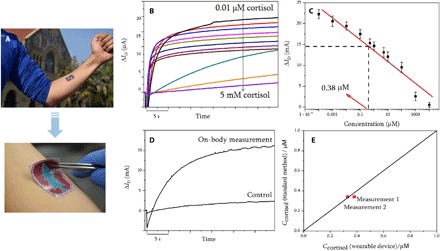Fig. 5. Analytical performance of the wearable cortisol sensor.

(A) MS-OECT device applied to male volunteer’s forearm. The device was tested by spraying artificial sweat with increasing concentrations of cortisol on volunteer’s forearm and measuring the corresponding output current (B) to obtain a calibration curve (C). (D) The real-time response of both the molecularly selective and control devices was measured after completing physical exercise by mounting electrical contacts to the wearable sensor device. The cortisol response was recorded using the output measurement, and data were represented as a change of drain current (ΔID) at a low voltage, which substantially reduces the possibility of electrical shock. The cortisol concentration was measured using sweat directly from the skin, and the results were compared with the best fit of (B) [relative standard deviation (RSD) = 35% for n = 2]. RSD, relative SD. (E) The data obtained showed a good correlation with the standard cortisol ELISA method for cortisol detection with an RSD of 5% for two measurements.
